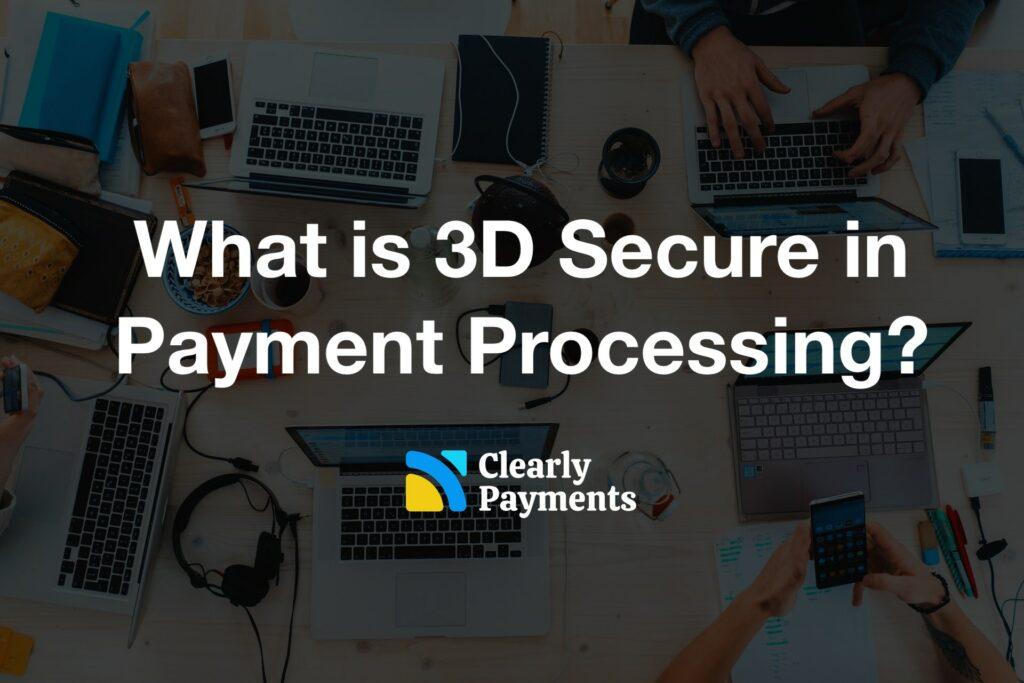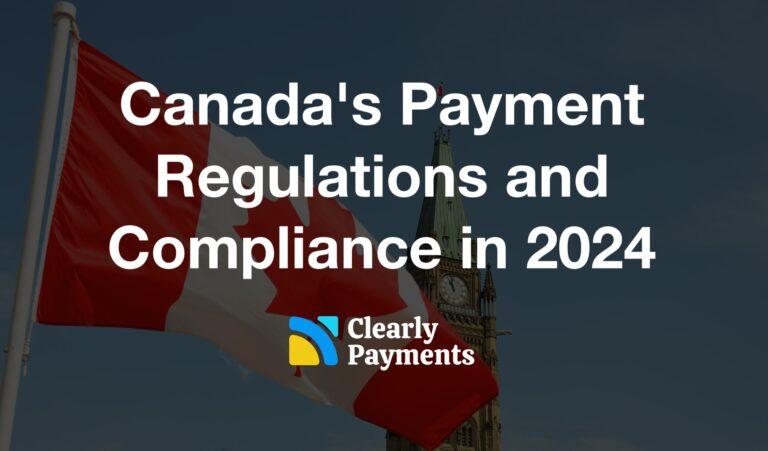With the rapid growth of eCommerce and online transactions, ensuring the security of online payments has become crucial. In response to this challenge, the financial industry introduced 3D Secure, an authentication protocol designed to enhance the security of online transactions. This article explores the concept of 3D Secure, its benefits, and its impact on online payment security.
What is 3D Secure?
3D Secure is an advanced security protocol designed to protect online transactions and enhance the security of cardholder information during online payments. It is a globally recognized system that adds an extra layer of authentication to verify the identity of the cardholder, reducing the risk of fraudulent activities and increasing the overall security of online transactions.
When a cardholder initiates an online payment, 3D Secure comes into play. During the checkout process, the cardholder is redirected to their card issuer’s website or a pop-up window, where they are prompted to provide additional authentication information. This information typically includes a one-time password (OTP) sent to the cardholder’s registered mobile number or an authentication code generated by a mobile app.
The authentication information is securely transmitted between the cardholder, their card issuer, and the merchant’s payment gateway. The credit card issuer validates the provided information to ensure that the cardholder is the authorized user of the card. If the authentication is successful, the transaction receives a “frictionless” or “authenticated” status, indicating that the cardholder is verified and the payment can proceed. If the authentication fails or is not completed, the transaction may be declined or flagged for further verification.
The history of 3D Secure
The history of 3D Secure can be traced back to the late 1990s when online commerce started gaining popularity. As eCommerce expanded, so did concerns about the security of online transactions. In response to these concerns, major credit card networks introduced the concept of 3D Secure to enhance the security of online payments.
The first iteration of 3D Secure was developed by Visa in 1999 and was initially known as “Verified by Visa.” The system aimed to provide an additional layer of authentication for online transactions, ensuring that the cardholder’s identity could be verified during the payment process. This was achieved through the implementation of a password-based authentication system.
Following the success of Verified by Visa, Mastercard launched its own version of 3D Secure called “Mastercard SecureCode” in 2001. Mastercard’s system employed a similar approach to Visa, using password-based authentication to verify the cardholder’s identity during online transactions.
Over the years, both Verified by Visa and Mastercard SecureCode continued to evolve and improve. They underwent multiple updates and enhancements to strengthen security measures and adapt to changing technological advancements. The protocols were refined to minimize friction during the checkout process while still ensuring robust authentication.
Other major card networks, such as American Express (SafeKey) and Discover (Discover ProtectBuy), also introduced their versions of 3D Secure, expanding the reach and adoption of the security protocol.
In recent years, there have been efforts to enhance the 3D Secure experience further. The latest version, known as 3D Secure 2.0 (or simply 3DS2), was introduced to address some of the limitations of the earlier versions. 3DS2 incorporates additional security features, such as risk-based authentication and improved mobile compatibility, to provide a more seamless and secure online payment experience for cardholders.
How Does 3D Secure Work?
When a cardholder initiates an online transaction, 3D Secure comes into play. During the checkout process, the cardholder may be prompted to provide additional authentication information. This can include a one-time password (OTP) sent to the cardholder’s registered mobile number or an authentication code generated by a mobile app. Alternatively, some implementations of 3D Secure leverage biometric authentication, such as fingerprints or facial recognition.

The authentication information provided by the cardholder is then validated by the cardholder’s issuing bank. If the authentication is successful, the transaction receives a “frictionless” or “authenticated” status, indicating that the cardholder is verified, and the payment can proceed. If the authentication fails or is not completed, the transaction may be declined or flagged for further verification, reducing the risk of fraudulent transactions.
The benefits of 3D Secure
The introduction of 3D Secure has had a positive impact on online payment security. It has become an essential tool in combating card-not-present fraud, where the physical presence of the card is not required during the transaction. By implementing 3D Secure, merchants can significantly reduce the risk of fraudulent transactions and protect their customers’ sensitive payment data. Some of the benefits of 3D Secure include the following:
Reduced Fraud: 3D Secure significantly reduces the risk of unauthorized card usage and online fraud. By adding an extra layer of authentication, it becomes much more challenging for fraudsters to misuse stolen card information for online transactions.
Liability Shift: When a transaction is successfully authenticated using 3D Secure, the liability for any fraudulent chargebacks often shifts from the merchant to the cardholder’s issuing bank. This helps protect merchants from financial losses resulting from fraudulent transactions.
Customer Confidence: 3D Secure enhances customer confidence in online payments. With the reassurance of added security measures, customers feel more comfortable making online purchases, knowing that their financial information is better protected.
Industry Compliance: Compliance with 3D Secure protocols is sometimes required by card networks and payment processors. By implementing 3D Secure, merchants can ensure they meet industry standards and requirements, reducing the risk of penalties or account termination.




